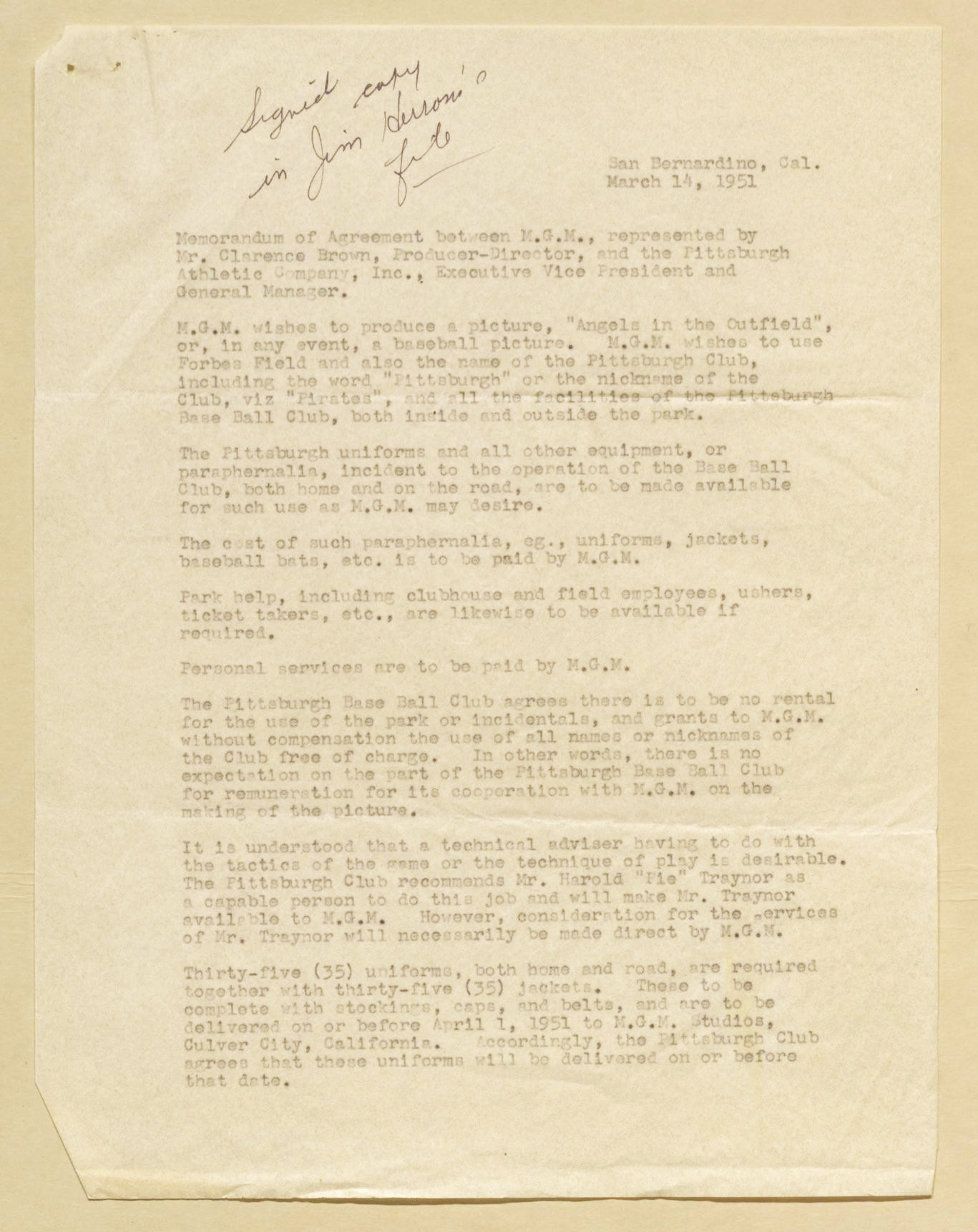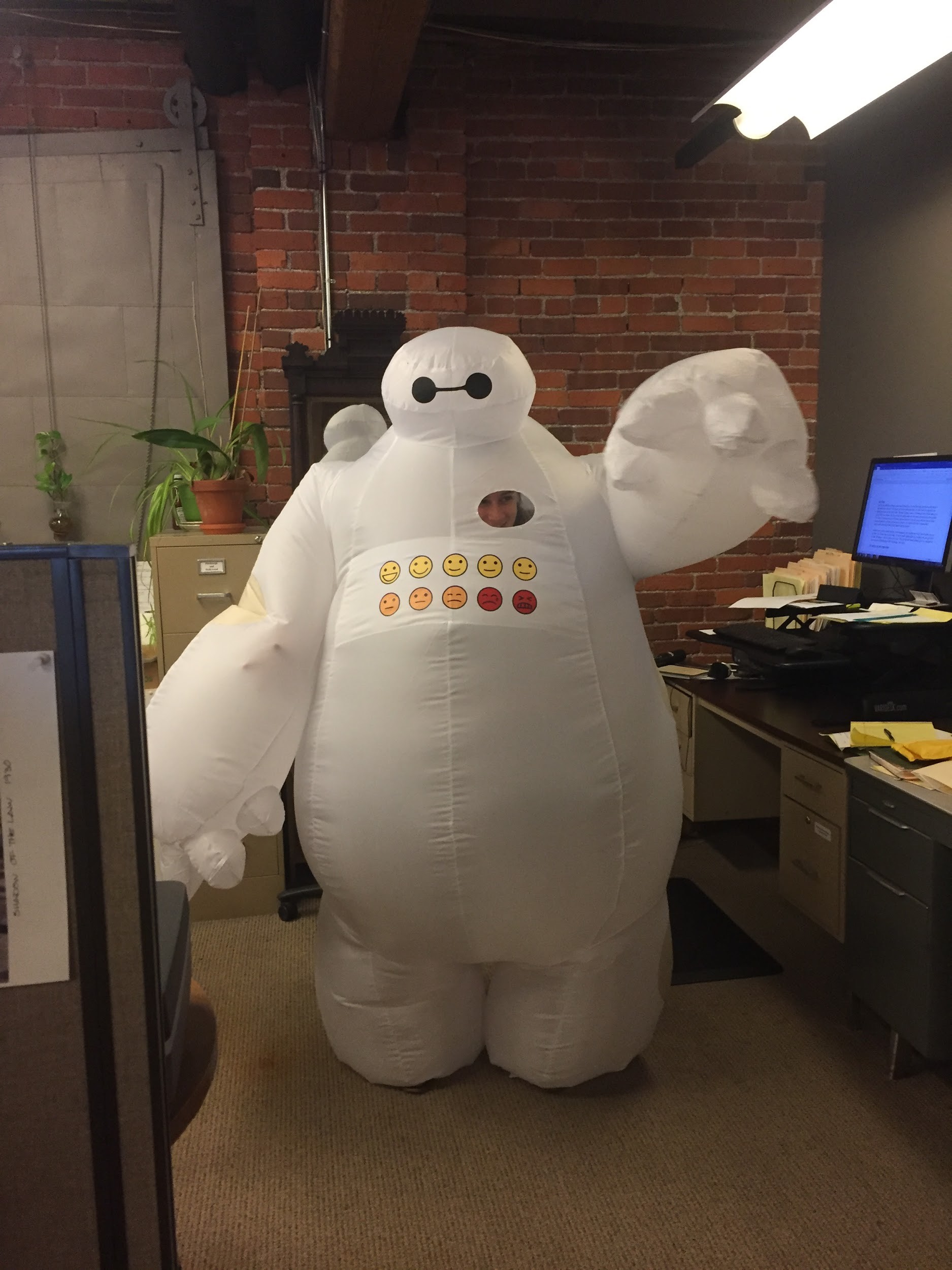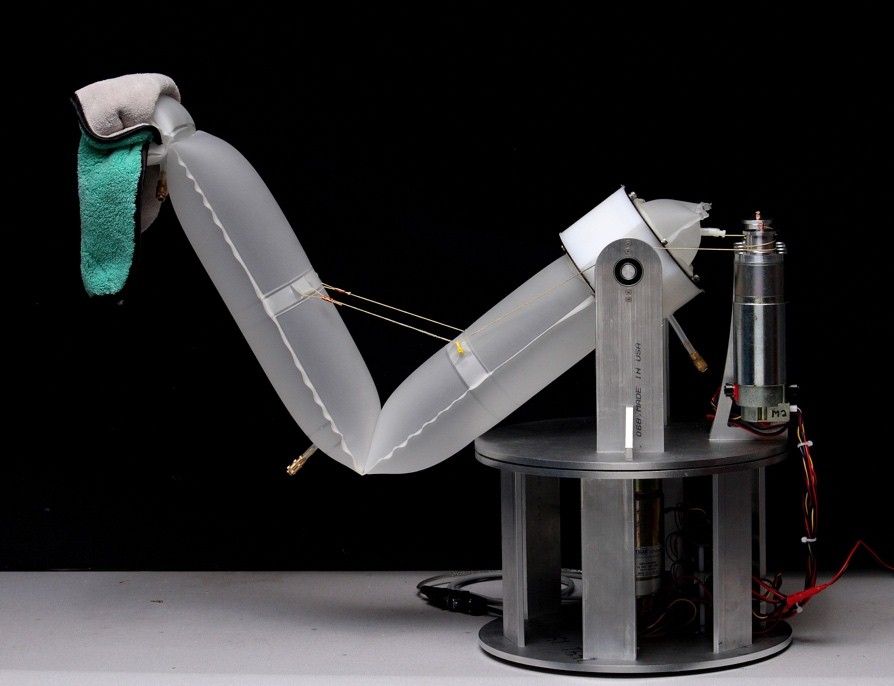Author: Monica Marchese
Milton Fine Museum Profession Fellowship at Senator John Heinz History Center - Summer 2017
What word comes to mind when you think of Pittsburgh? Is it steel? Sports? Pierogies? Yinzers? This summer I had the unique opportunity to explore one of Pittsburgh’s lesser known exports – movies. In recent years, the city has become one of the biggest movie hubs in the east without even realizing it. Thanks to the government-sponsored Film Production Tax Credit Program in Pennsylvania, and Pittsburgh’s unique personality, production companies have been flocking to the city in the past couple of years to film their next big hit. Our varied landscapes – from scenic rivers and bustling downtown streets to cozy neighborhoods with local flavor – make our city ideal for all types of projects. Not to mention the five-star casting companies, film crews, and more-than-willing extras available at directors’ disposal.
As the University of Pittsburgh’s Milton Fine Fellow this summer at the Heinz History Center, I had the opportunity to work with curators Leslie Przybylek and Lauren Uhl on a project documenting the history of Pittsburgh’s film industry from the 1900s to the present. I jumped into this project in its very early stages. As a collecting initiative and eventual exhibition, this project required a two-pronged approach. My goals for the summer were to conduct preliminary research on which movies and individuals would best tell this story, and to locate artifacts and materials for the museum to either acquire or borrow in the future. I chose to focus my research film by film, creating thematic connections and logical arguments between each. In some cases, the intense study of a film proved very fruitful. In others, I found only dead-ends.
My research led me to interviews and objects from films like Silence of the Lambs (1991) and The Dark Knight Rises (2012), filmed all around Pittsburgh, and the animated feature film Big Hero 6 (2014), which used soft robotics technology from Carnegie Mellon University’s Robotics Institute as the inspiration for the character Baymax. In fact, I had the opportunity to meet with Chris Atkeson, creator of the inflatable soft robotic arm and renowned professor at the Robotics Institute, in his laboratory. He showed us the original arm technology (pictured above) and encouraged us to “get into character” to understand the advantages and challenges of using inflatable robots. As I quickly found out, walking, gesturing, and holding objects proved exponentially more difficult when wearing an inflated Baymax suit (see above).
Two of the most rewarding discoveries were related to the films Angels in the Outfield (1951) and Perks of Being a Wallflower (2012). These two films could not be any more different. Angels, a film about a fictitious general manager of the Pittsburgh Pirates who encounters angels (you guessed it) in the outfield, allowed me to explore the more secluded, archival side of research. I found original letters, scripts, and legal agreements from film production. This film was also important to my research because it immortalizes Forbes Field in a very unique way. In an official letter (pictured above) between Metro-Goldwyn-Mayer Studios and the then Pittsburgh Pirates Manager Bill Meyer, it was agreed upon that MGM would have full use of the Forbes Field facilities, Pirates uniforms and equipment, and park staff while filming. So while the characters – and the World Series win at the end of the film – are imaginary, a large majority of the film is authentic and serves as an accurate portrayal of baseball life at Forbes Field.
Perks, a coming-of-age film about a high school boy and his group of friends, allowed me to explore a different aspect of curation. I was able to get in contact with the novelist/screenplay writer/director/producer of the book and film, Stephen Chbosky. Chbosky, a native Pittsburgher who now lives in California, wrote Perks based on his own high school experiences growing up in Upper St. Clair. He was more than willing to speak with me on the phone about all things Perks and Pittsburgh, and even offered to help the museum acquire costumes, props, and scripts from the film.
Working on this project has allowed me to meld my love of film, history, and Pittsburgh. I’ve had the chance to dig through archives and special collections, make important contacts within the film community, locate key artifacts, and develop thematic connections between films, people, and objects. I am honored to have had this unique opportunity at the Heinz History Center.
Learn more about the Collecting Knowledge Pittsburgh initiative here



